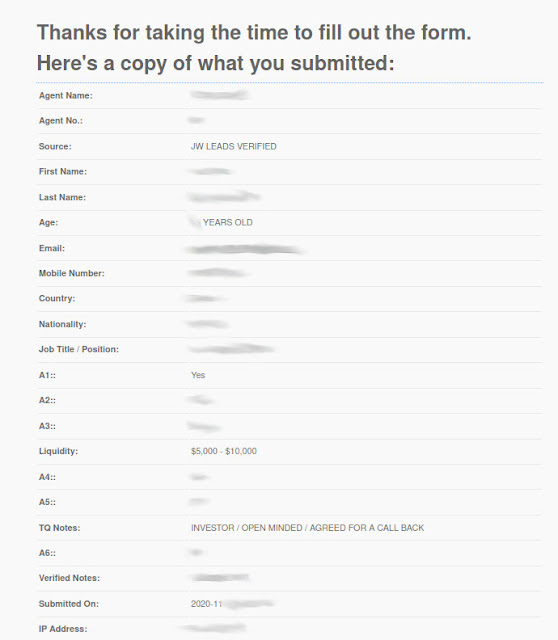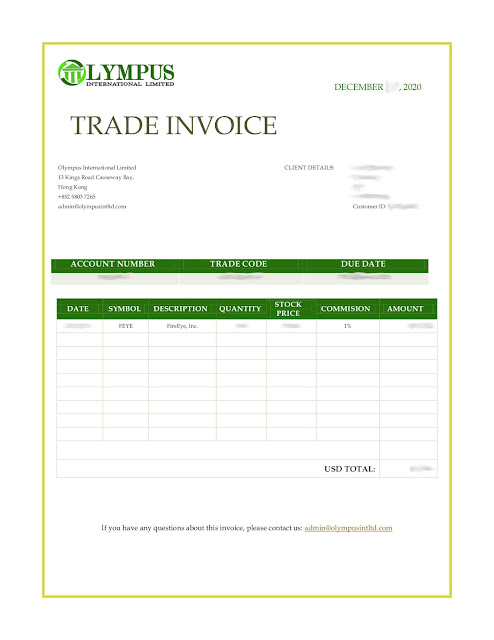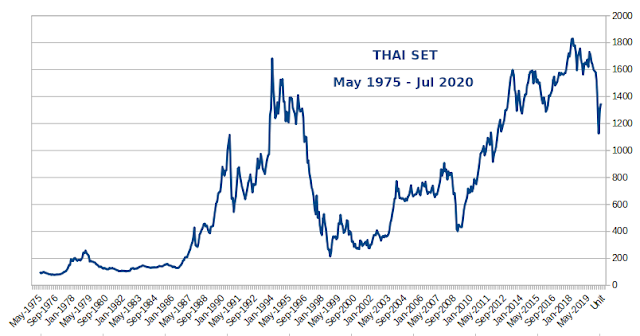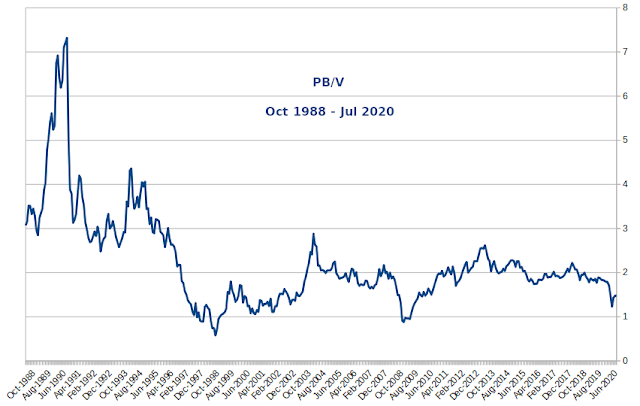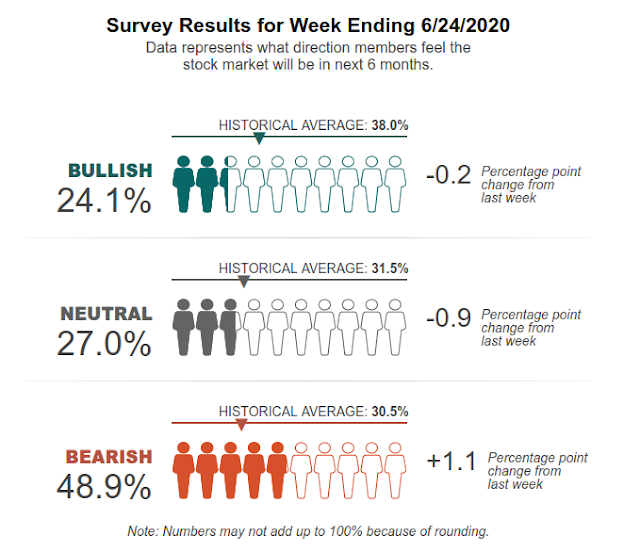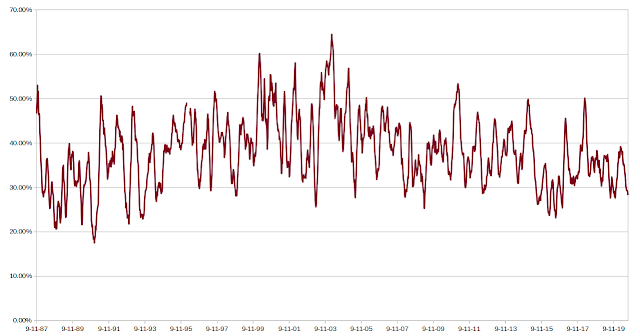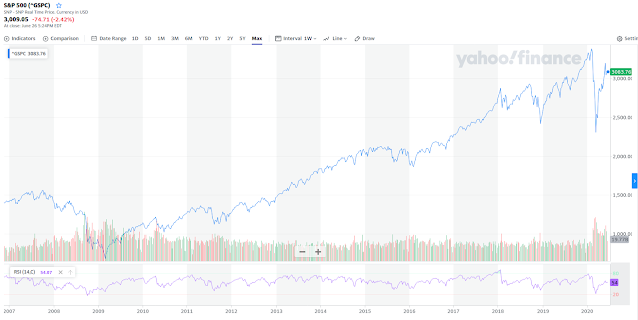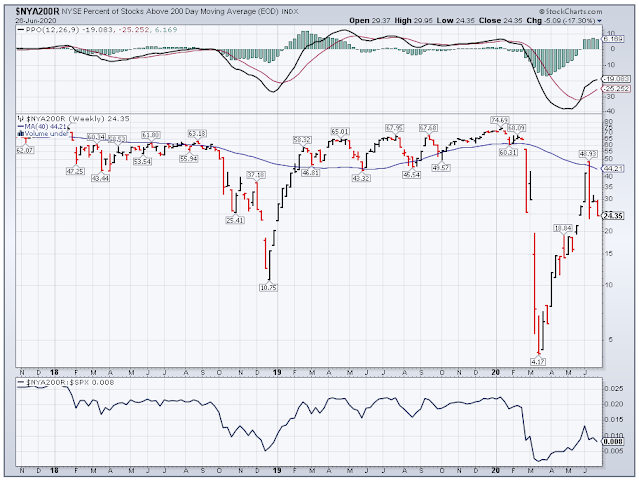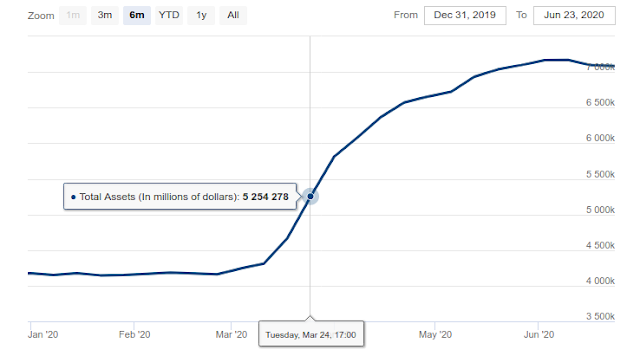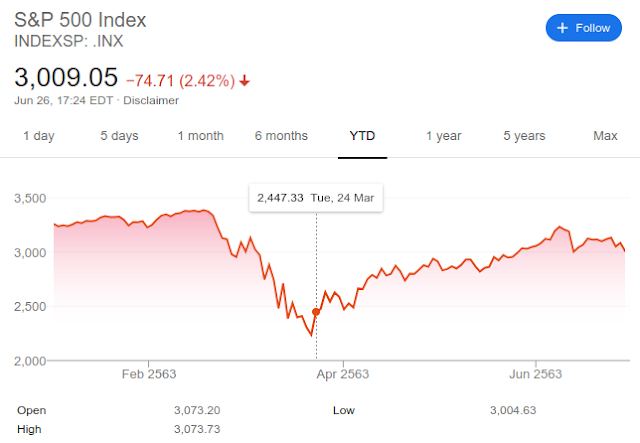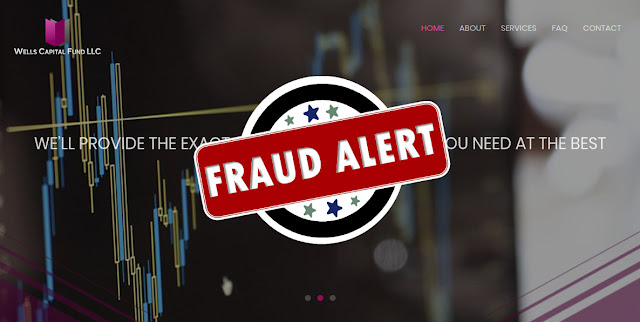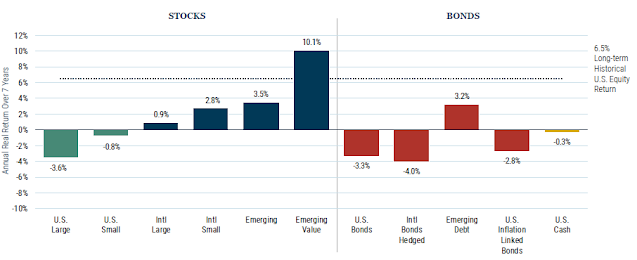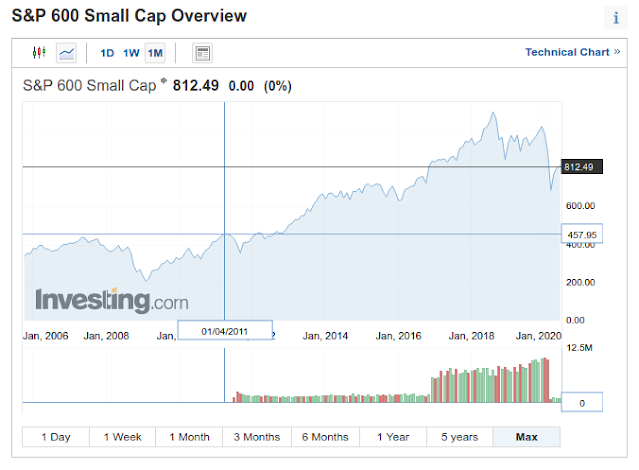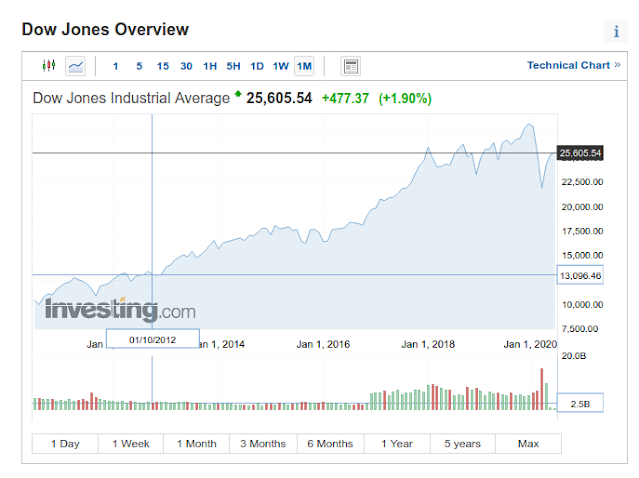GMO published their latest 7-year forecast for July 2020, and most asset classes have dismissal expected returns over the next seven years from US large stocks to emerging stocks and large and small international stocks. Let's not even get started with bonds that are just as bad.
While we would consider gold, silver and other so-called real assets to be a potentially good long term investments at this point in time, those are not tracked by GMO, but we've noticed one exception in GMO chart: Emerging value.
9.2% yearly returns over seven would be an excellent investment in those days and age, but as we can see GMO separates emerging and emerging value, so we can't just buy any emerging stocks trackers.
But what's a value stock exactly? Here's Investopedia definition:
A value stock is a security trading at a lower price than what the
company’s performance may otherwise indicate. Investors in value stocks
attempt to capitalize on inefficiencies in the market, since the price
of the underlying equity may not match the company’s performance.
They are often opposed to Growth stocks, often referring to stocks in the Technology and Biotechnology sectors with very high P/E ratios.
Investopedia main takeaways:
- Common characteristics of value stocks include high dividend yield, low P/B ratio and/or a low P/E ratio.
- A value stock typically has a bargain-price as investors see the company as unfavorable in the marketplace.
- A value stock typically has an equity price lower than stock prices of companies in the same industry.
So value stocks may be dividend stocks with low price-to-book and low price-earning ratio. This includes utilities, banks, consumer staples, and some commodities producers.
So our best bet would be to find value stocks in undervalued emerging markets, which last time we looked included Russia, China, Turkey, Hungary, and South Korea. With Russia, it's easy as most stocks are value stocks, and we could just add a Russia ETF to our portfolio such as MSCI Russia Capped Index (3027.HK) in Hong Kong and VANECK VECTORS/RUSSIA ETF (RSX) in the US.
China is more complex since the stock indexes include highly priced technology company such as Tencent, Allibaba and Baidu. One such option is Value China ETF (3046.HK) whose top holdings include Chinese banks, real-estate companies and insurances.
All companies are listed in the Hong Kong stock market. Alternatively, there's also Value China A-Share ETF (3095 HK) with companies listed in China, and more of a Chinese consumers story with 35% Consumer Goods, 34% Financials.
Note that while Google Finance shows there's no dividend paid out, you'd get ~2% dividend paid out yearly.
I had more of a struggle finding a China value stock in North America, and one of the closest would be Horizons China High Dividend Yield Index ETF (HCN.TO) listed in Canada.
The funds distributed dividends every quarter. The current is 6.77% based on info from Yahoo Finance.
I will not look into Turkey due to geopolitical risks at the moment, nor the smaller Hungary market, and complete this post by checking out South Korea. If you want to invest in South Korea, there's limited choice when it comes to South Korea ETF, and most people will not be able to purchase stocks on the KOSPI exchange.
That means we'd have to accept getting some experience to technology stocks like Samsung Electronics (PE: 17.49, DY: 2.53%), Naver (PE: 64.40, DY: 0.12%), or SKHynix (PE:22.3, DY: 1.34%) through South Kora ETF such as iShares MSCI South Korea Index Fund (EWI).
In any case, I'm uncomfortable purchasing stocks in the September-October months due to the high-valuation in the US stock market, and a stock market sell off in the US, may lead to a rise in the US dollars, and a sharp drop in emerging stock markets. If it does happen, it will certainly be an interesting buying opportunity.
